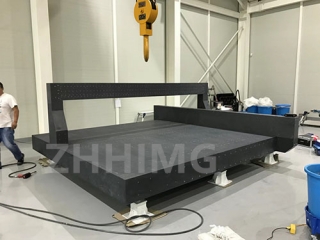Automatic optical inspection (AOI) is an advanced technology used to inspect mechanical components for various types of defects and faults. It is a non-contact and non-destructive inspection process that uses high-resolution cameras to capture images of the components and software algorithms to evaluate these images for defects.
The AOI process works by capturing images of the components from multiple angles and analyzing these images for any possible defects or faults. The process is carried out using highly advanced cameras and software that can identify even the smallest of defects. These defects can range from minor surface scratches to significant structural deformities, which can affect the performance of the component.
The AOI process can be used on an extensive range of mechanical components, including bearings, gears, shafts, and valves. By using AOI, manufacturers can identify components that fail to meet specified quality standards and replace them with better-quality components, ensuring high product reliability, which is a crucial factor in the modern manufacturing industry.
One of the significant benefits of AOI is reduced inspection time. The process typically takes a few seconds to perform as it is done using high-speed scanners. This makes it an ideal inspection process for production lines that require frequent quality checks.
Another advantage of AOI is that it is a non-destructive inspection technique, meaning that the component under inspection remains intact throughout the process. This reduces the need for post-inspection repairs, which saves time, and reduces costs associated with fixing rejected parts.
Moreover, using AOI ensures a higher level of accuracy and consistency compared to other inspection methods, such as manual inspections. The software used in AOI analyses the images captured by the camera and identifies even subtle defects with high levels of accuracy.
In conclusion, automatic optical inspection is an advanced and highly effective inspection process that ensures mechanical components meet the required quality standards. It significantly reduces inspection time, enables non-destructive inspection, and ensures a high level of accuracy and consistency. This improves the reliability of the components and enhances overall product quality, which is critical in modern manufacturing.
Post time: Feb-21-2024

